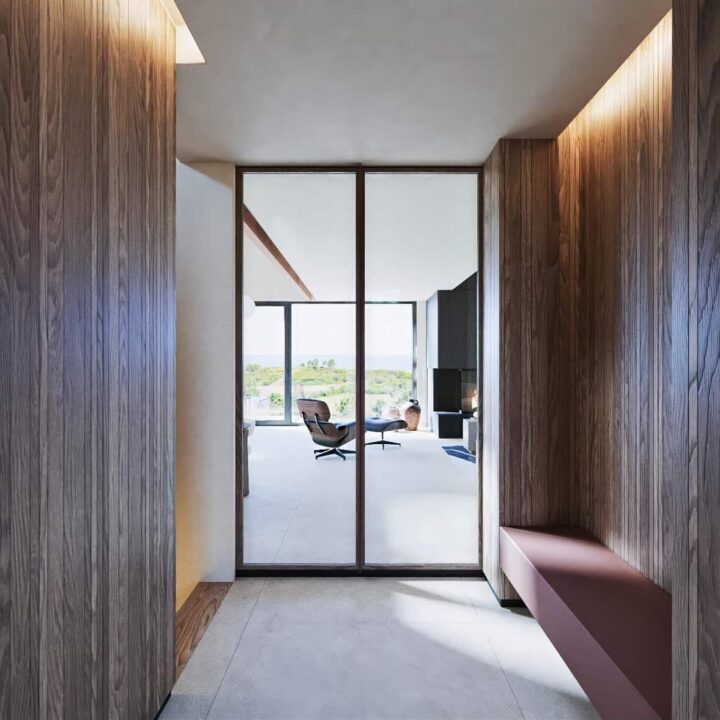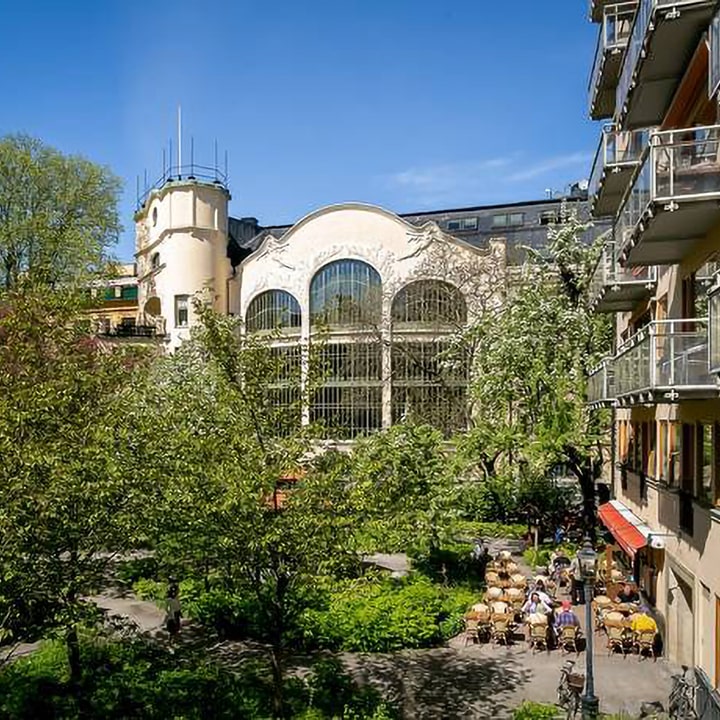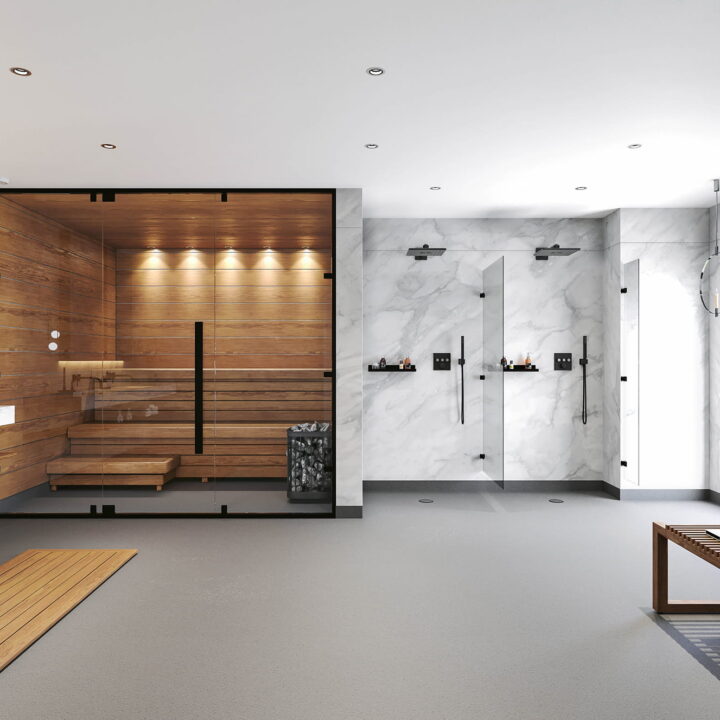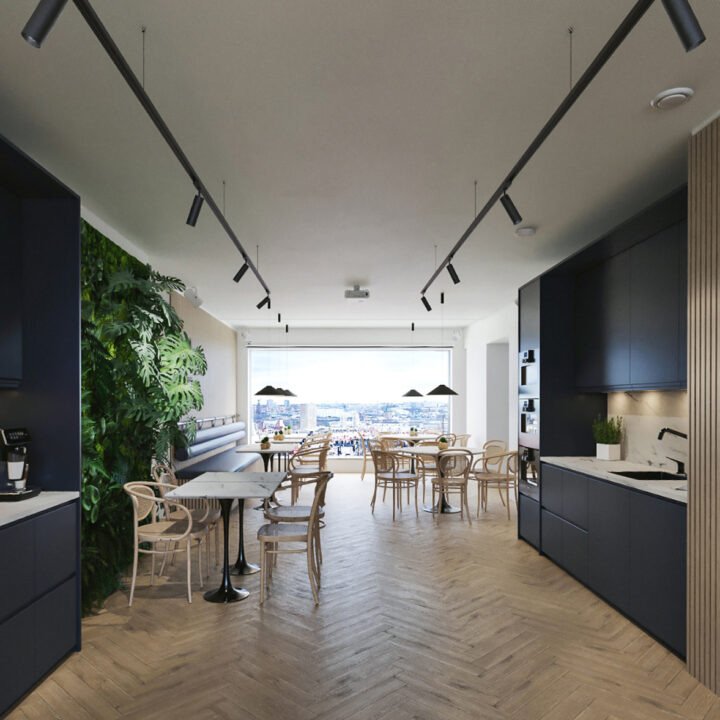Virtual Reality
[ services ]
Virtual Reality
If you’re looking for a cutting-edge way to present your project and stand out from the competition, Creative Visual Studio is the solution. As a leading virtual reality service provider based in Stockholm, Sweden, we have a team of skilled VR developers and designers who use state-of-the-art technology to create immersive virtual experiences. These experiences allow your clients to explore and connect with your project in a way that is both compelling and engaging. Our VR services include architectural walkthroughs, product demonstrations, interior design visualizations, and virtual reality training. Whether you’re an architect, developer, designer, or marketer, our team can assist you in communicating your vision in a way that is both memorable and impactful.
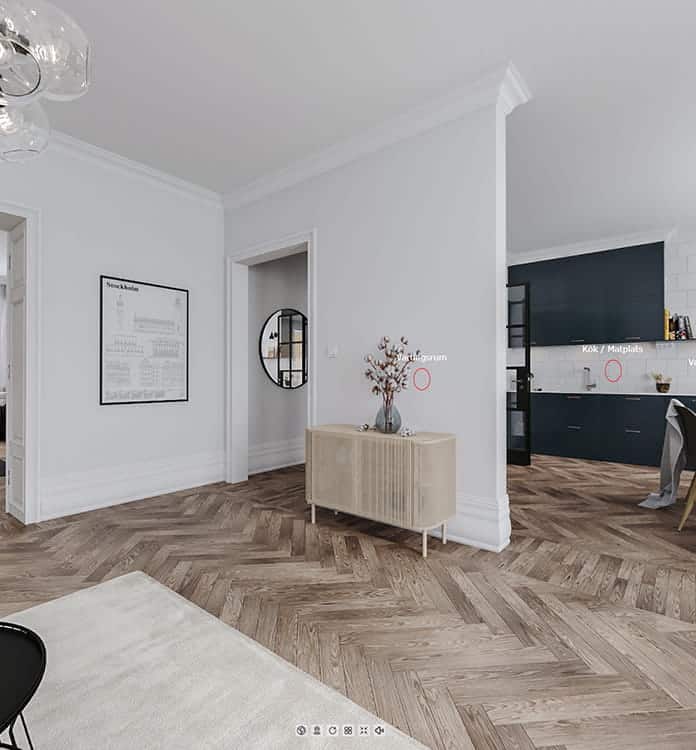
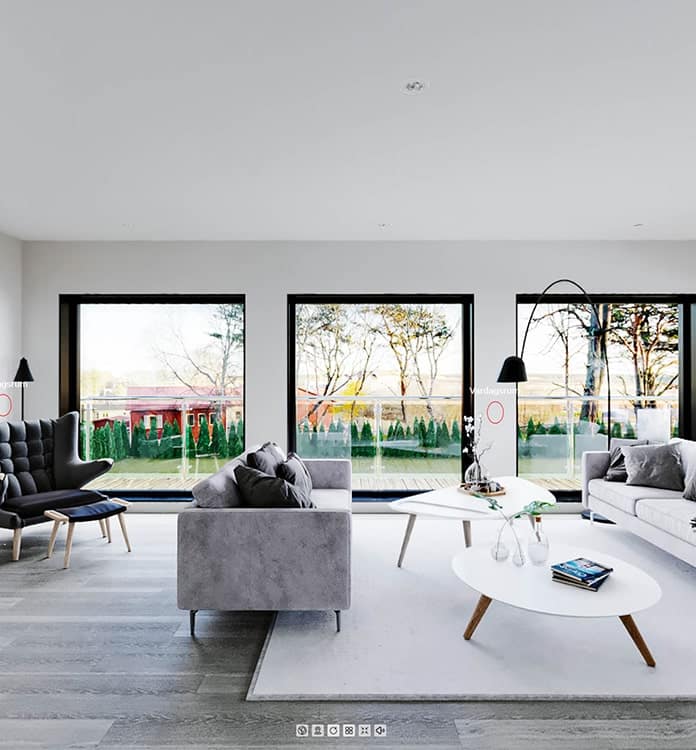
We understand that every project is unique, which is why we work closely with our clients to understand their needs and preferences. Our VR developers take the time to explore different options and possibilities before making any decisions, ensuring that the final product exceeds expectations.
Our VR services are not limited to showcasing your project, it can also be used for virtual reality training, such as safety training, equipment training, or team collaboration. This is a cost-effective and efficient way of training your team in a safe and controlled environment.
At Creative Visual Studio, we are committed to attention to detail and quality. We are passionate about creating stunning, high-quality virtual reality experiences that help our clients stand out in a crowded market. Let us take your project to the next level and achieve your goals, contact us today to learn more about how we can bring your vision to life in virtual reality.
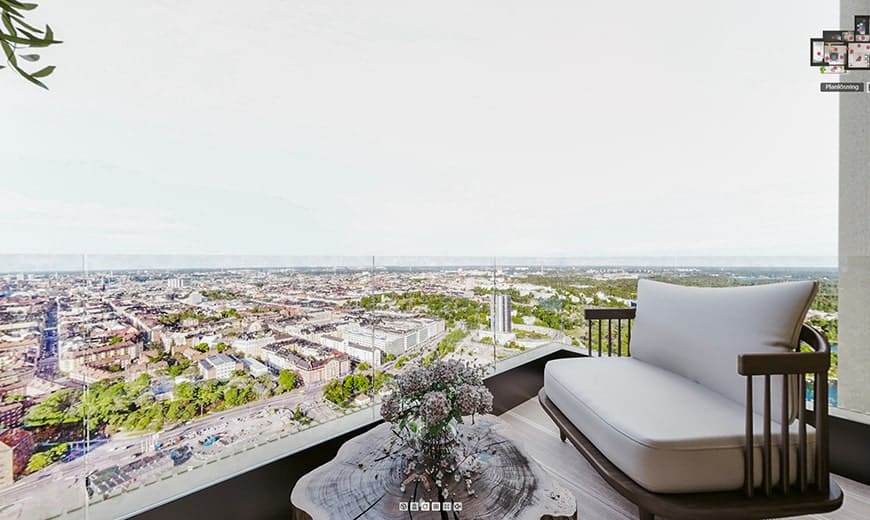
[ Projects ]



